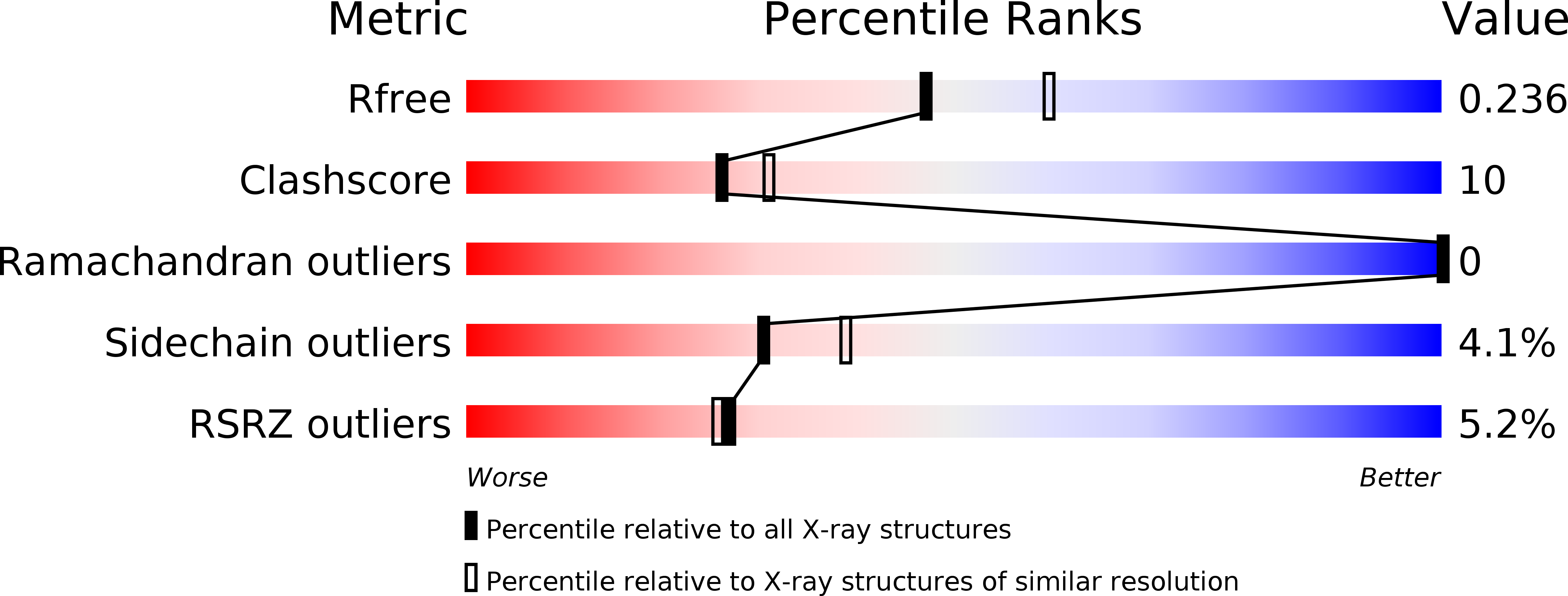
Deposition Date
2020-01-17
Release Date
2020-06-17
Last Version Date
2024-10-23
Entry Detail
PDB ID:
6LSA
Keywords:
Title:
Complex structure of bovine herpesvirus 1 glycoprotein D and bovine nectin-1 IgV
Biological Source:
Source Organism:
Bos taurus (Taxon ID: 9913)
Bovine alphaherpesvirus 1 (Taxon ID: 10320)
Bovine alphaherpesvirus 1 (Taxon ID: 10320)
Host Organism:
Method Details:
Experimental Method:
Resolution:
2.20 Å
R-Value Free:
0.23
R-Value Work:
0.19
R-Value Observed:
0.20
Space Group:
C 1 2 1


